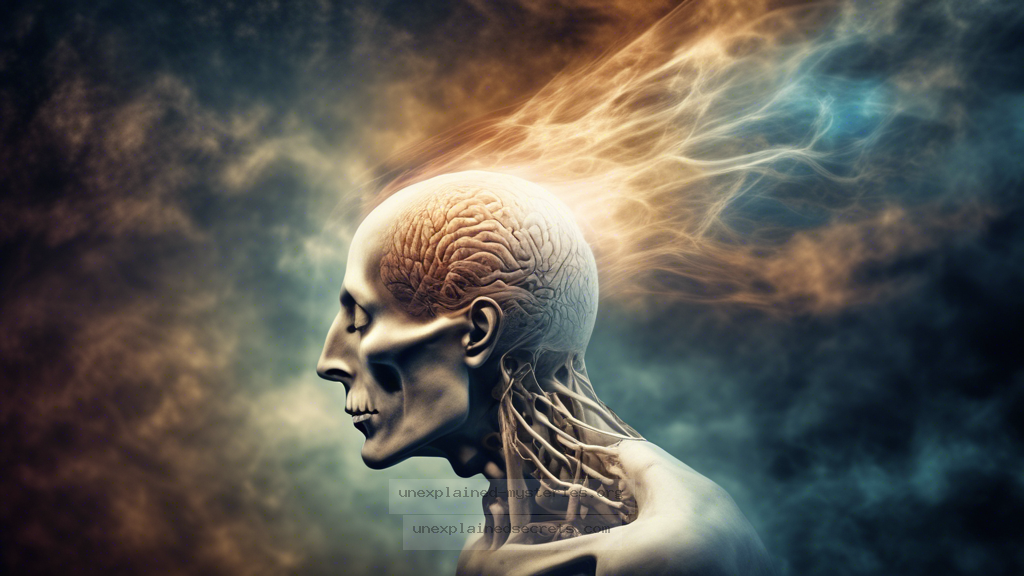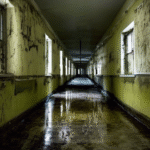What Happens to Consciousness After Clinical Death? Exploring the Enigma of Near-Death Experiences
What Happens to Consciousness After Clinical Death? Exploring the Enigma of Near-Death Experiences
The phenomenon of Near-Death Experiences (NDEs) has captivated researchers, spiritualists, and the general public alike for decades. This intriguing question delves into the nature of consciousness and what, if anything, lies beyond the veil of clinical death. Understanding NDEs not only provides insight into the human experience but also taps into deeper philosophical and spiritual implications of life and death. In this exploration, we will uncover the historical context, core concepts, evidence, alternative perspectives, and ongoing research surrounding NDEs, providing a comprehensive analysis of this compelling mystery.
Historical Context of Near-Death Experiences
The history of Near-Death Experiences is rich and varied, dating back centuries and crossing cultures. Ancient texts from various civilizations, including the Egyptians and Greeks, describe experiences that bear resemblance to modern NDEs. Egyptian papyri speak of the “weighing of the heart,” a judgment process that one undergoes after death, while Plato’s “Myth of Er” recounts a soldier’s journey through the afterlife, including visions of a celestial realm.
In more recent history, the term “Near-Death Experience” was popularized in the 1970s by Dr. Raymond Moody, whose book “Life After Life” examined accounts of individuals who experienced profound changes after clinical death. Moody’s work marked a significant turning point in how society viewed death and the possibility of consciousness existing beyond it, igniting further research and discussion on the topic.
Core Concepts and Common Features of NDEs
Near-Death Experiences often share common features, despite cultural differences. Research has identified several core elements that frequently appear in NDE accounts:
- Out-of-Body Experience (OBE): Many individuals report feeling detached from their physical bodies, observing their surroundings from a different perspective.
- Tunnel Experience: A sensation of moving through a tunnel or passageway, often toward a bright light.
- Life Review: Some report a panoramic review of their life, experiencing moments of joy and regret with heightened emotional intensity.
- Encounters with Beings: Many individuals describe meeting deceased loved ones or spiritual figures during their NDE.
- Feelings of Peace: Commonly, individuals report a profound sense of peace, love, and understanding during their experiences.
Scientific Research and Evidence Surrounding NDEs
Scientific inquiry into NDEs has gained momentum over the past few decades, with numerous studies attempting to understand the phenomenon. Notably, the AWARE study, led by Dr. Sam Parnia, aimed to investigate the experiences of cardiac arrest patients. The research sought to determine the frequency and nature of NDEs in a clinical setting.
One of the most groundbreaking findings from the AWARE study was the confirmation that some individuals could accurately recount details from their resuscitation process, even when they were clinically dead. This has led to discussions about the validity of consciousness existing outside the brain’s physiological functions. Other studies have utilized fMRI technology to examine brain activity during near-death scenarios, revealing that certain brain functions related to consciousness may remain active even when the body is unresponsive.
Practical Implications of NDE Research
The implications of understanding NDEs extend beyond academic curiosity. For many, NDEs offer comfort, suggesting that consciousness may continue beyond physical death. This perspective can profoundly impact individuals coping with grief, providing hope and a sense of connection to lost loved ones. Additionally, NDEs frequently lead to significant changes in the lives of those who experience them, often fostering a greater appreciation for life and altered priorities.
Healthcare professionals are also beginning to recognize the importance of addressing patients’ spiritual needs during end-of-life care. By understanding the potential for NDEs and their transformative effects, caregivers can better support patients facing mortality.
Alternative Perspectives on NDEs
While many view NDEs as evidence of an afterlife or the continuity of consciousness, skeptics offer alternative explanations. Some argue that NDEs can be attributed to neurochemical reactions in the brain during traumatic events, such as the release of endorphins or a lack of oxygen. This perspective posits that the vivid experiences reported during NDEs are merely hallucinations or illusions created by the dying brain.
Another alternative theory suggests that cultural and personal beliefs heavily influence the contents of NDEs. For instance, individuals from different religious or spiritual backgrounds may interpret their experiences through the lens of their belief systems, leading to varied accounts of the same phenomenon.
Common Misconceptions and Clarifications
Many misconceptions surround NDEs, leading to confusion and misinformation. Here are some of the most common myths and the clarifications that accompany them:
- Myth: All NDEs are the same. Truth: While many features are common, NDEs can vary widely based on individual beliefs, cultural backgrounds, and personal experiences.
- Myth: NDEs are exclusive to those who have died. Truth: NDEs can occur in various medical scenarios, including those who have been resuscitated or experienced traumatic incidents without being clinically dead.
- Myth: NDEs are purely psychological. Truth: While psychological factors undoubtedly play a role, numerous reports of verifiable experiences challenge this notion.
Best Practices for Investigating NDEs
For researchers and individuals interested in exploring the phenomenon of NDEs further, several best practices can enhance the investigation:
- Interdisciplinary Approach: Engage experts from various fields, including psychology, neurology, philosophy, and theology, to create a holistic understanding of NDEs.
- Longitudinal Studies: Conduct studies that follow individuals over time to assess the long-term effects of NDEs on their lives and perspectives.
- Documented Accounts: Gather firsthand accounts from NDE survivors to create a comprehensive database that can be analyzed for patterns and themes.
- Respectful Inquiry: Approach the subject with sensitivity, recognizing the profound personal and spiritual significance NDEs hold for many individuals.
Future Developments and Ongoing Research
As interest in NDEs continues to grow, ongoing research is poised to uncover deeper insights into the nature of consciousness and the human experience. New technologies, such as neuroimaging and artificial intelligence, may provide tools for studying brain activity during near-death scenarios, potentially offering further explanations for the phenomena observed in NDEs.
Additionally, interdisciplinary collaborations among scientists, theologians, and philosophers could foster a more profound understanding of consciousness and its implications beyond death. As more individuals share their NDE accounts, we may see an expansion in the body of knowledge surrounding these experiences, leading to new paradigms in both science and spirituality.
Conclusion
The exploration of Near-Death Experiences raises profound questions about consciousness, the nature of existence, and what may lie beyond physical death. While various theories and perspectives exist, the consistency of NDE features across cultures and the documented experiences of individuals challenge our understanding of life and mortality. As research continues, we may inch closer to unraveling the mysteries of consciousness, offering insight into one of humanity’s oldest questions: What happens after we die?
Other Articles
Recent Posts
- What Happened to Flight MH370? The Conspiracy Theories That Still Haunt Us
- What Secrets Lurk Within the Walls of the Infamous Trans-Allegheny Lunatic Asylum?
- What Evidence Supports the Existence of Bigfoot in the Pacific Northwest?
- What Happened to the Indus Valley Civilization? Unraveling the Mysteries of Ancient Urban Life
- Can Telepathy Be Scientifically Proven Through Laboratory Evidence?







